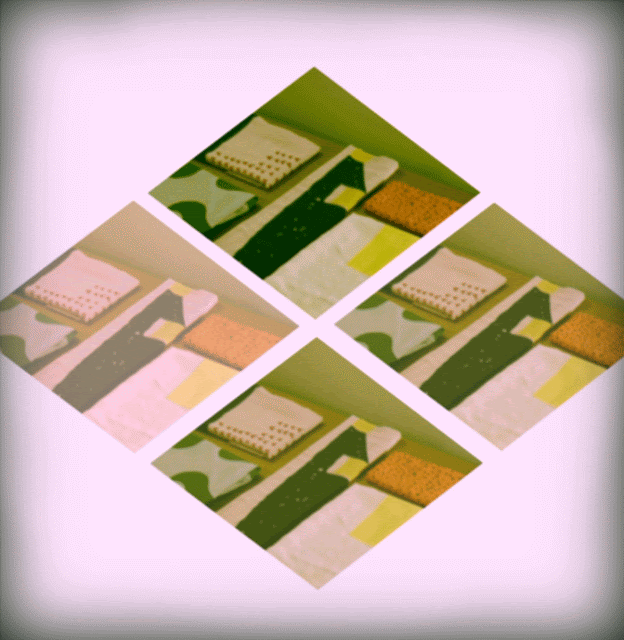Well this could be the idea for our next pattern..... why not?
But at the moment is just a lovely picture of FEZ, the city where we found some of the oldest tanneries in the world that are still working.....
Moroccos ancient tanneries are still very much in working execution. Fez, is the heart of where it all began centuries ago.
The city of Fez was founded in the 9th century and is
now home to over one million people. In
1981 the Old Medina was designated as a UNESCO World Heritage site. The Old
Medina is specifically home to three ancient leather tanneries.
The start of the
tanning process begins with the collection and sorting of the raw animal skins.
The types of animal skins used are sheep skin, goat skin, camel skin, and cow
skin. These skins are soaked for two to three days in large specialty vats that
contain a mixture of cow urine, quicklime, water, and salt. This mixture will
loosen excess fat, flesh, and hair that remain on the skins. Once the soaking
duration is done, tanners prepare the skins for dyeing.
Once the skins have
been cleaned, they are laid out to dry on the surrounding rooftop terraces.
Dried, the skins are taken to a different set of vats where they are washed and
soaked in a mixture of water and pigeon poop in order to make the skins supple
and soft. Pigeon poop contains ammonia that acts as softening agents that
allows for the skins to become so malleable and to some exten the animal hair
loosens.
At this point, once
the leather has reached its desired softness, the skins are moved to a select
set of vats for the tanning (or dyeing) process. Within the Old Medina, the
tanneries continue to use natural vegetable dyes, such as poppy flower (red),
indigo (blue), henna (orange), cedar wood (brown), mint (green), and saffron
(yellow). Other materials used for dyeing include pomegranate powder, which is
rubbed on the skins to turn them yellow, and olive oil, which will make them
shiny.
When fully dried, the edges of the finished skins are cut and
used as fillers for other products. The leather is then sold to other craftsmen
who make the famous Moroccan slippers, known as babouches, as
well as wallets, handbags, furniture and other leather accessories.







